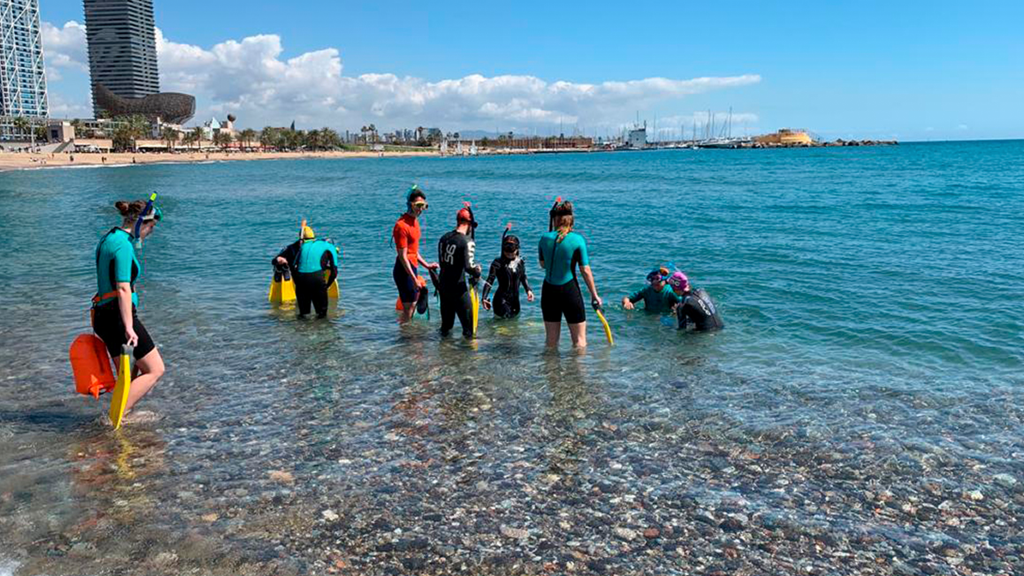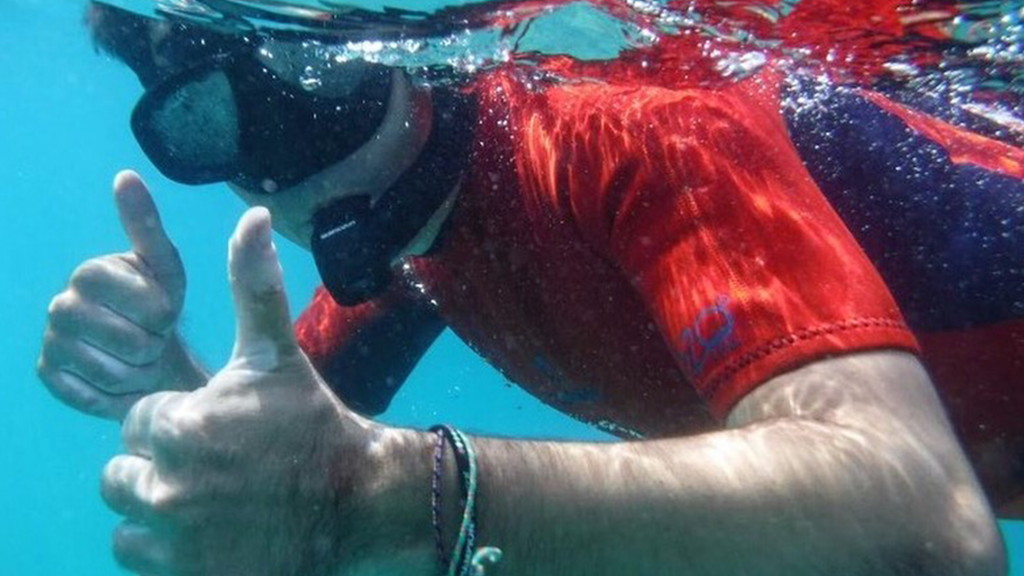The citizen science initiative ‘Return to the Sea’, which sought to collect the maximum number of observations of marine biodiversity on the Catalan coastline during July, August and September 2020, received 133 observations of 57 different marine species, most of them from the Catalan coastline and some of them from Palma de Mallorca. This initiative was organized by the Institute of Marine Sciences (ICM), the Cos4Cloud project, the marine environmental services company Anèl·lides – Serveis ambientals marins, the environmental association Xatrac and three diving centres, Oceanicos, Escafandra Calafell and Plàncton diving.

‘I am an amateur of underwater photography and a marine biology enthusiast. For this reason, I was motivated to collaborate on this campaign. It has given me a new vision of the great biodiversity that exists on the Catalan coastline and, also, it has helped me to identify the name of some marine species that I photographed’, states Mónica Franco, an active participant during the initiative.
Some of the most photographed species are the saddled seabream (Oblada melanura), the common two-banded sea bream (Diplodus vulgaris), the dreamfish (Sarpa salpa), the red-mouthed rock shell (Stramonita haemastoma) and the ornate wrasse (Thalassoma pavo). Some of the most rare species observed are Callinectes sapidus the Blue Crab and the Brown comber (Serranus hepatus).

All the images that citizen scientists sent are available in the ‘Return to the Sea’ project on the Natusfera citizen science platform, where one can see the photos of the species, their common and scientific name and their localization. Although there are not enough observations to figure out the lockdown impact on the sea, the citizen science project Urbamar, led by Anèl·lides – Serveis ambientals marins and in which the Cos4Cloud project participates, will use these images to get to know the marine wealth on the beaches of Badalona, Barcelona and the Maresme. The goal of the Urbamar project is to stimulate citizen participation in scientific processes and data collection, ‘also we want to use citizen science as a tool to teach marine biodiversity of the beaches and to promote a sustainable use and its preservation’, states Andrea Comaposada, biologist and founder of Anè·lides– Serveis ambientals marins and leader of the Urbamar project.
Citizen science as a tool of learning
The citizen observatory Natusfera, which is involved in the Cos4Cloud project, is one of the largest platforms in the biodiversity domain, its main objective is to share biodiversity learning with the whole community by reporting observations on all sorts of living beings through its app.
The goal of the European Cos4Cloud project, one of the promoters of the campaign, is precisely to improve the technology of the citizen observatories, such as Natusfera, by developing ten services that will improve the users’ experience and get more quality data on biodiversity and environmental fields.

















